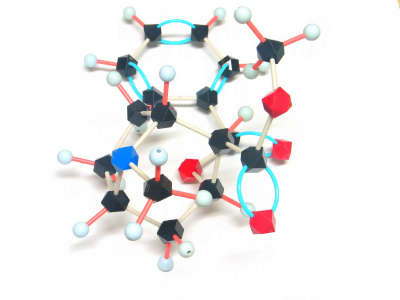
NIDA-funded research in rats shows that using a combination of buprenorphine and naltrexone can reduce cocaine intake without producing opioid dependence -- a promising step toward an effective medical treatment for cocaine addiction in humans, for which there are no current FDA-approved medications.
Buprenorphine is an opioid medication used for the treatment of opioid addiction. Recent studies suggest that buprenorphine may also be effective in the treatment of cocaine addiction. In fact, a randomized clinical trial showed that buprenorphine can curtail cocaine use independently of opiate use -- in a population of patients with both opiate and cocaine dependence. However, there is concern that giving bupenorphrine -- an opioid -- to opioid-naïve patients puts them at risk for opioid addiction. In theory, this risk of addiction could be minimized by the concurrent administration of naltrexone, an opioid receptor blocker.
Studies have shown that naltrexone blocks buprenorphine’s actions at one opioid receptor type that is associated with drug reward (i.e., mu), while preserving its ability to potently interact with a second opioid receptor subtype (i.e., kappa), thought to contribute to compulsive cocaine use. This study showed that combining low doses of naltrexone with buprenorphine can reduce cocaine intake without inducing opioid dependence in these animals.
For a copy of the study by Wee et al., go to http://stm.sciencemag.org/content/current.
For more information, contact the NIDA press team at media@nida.nih.gov or 301-443-6245.